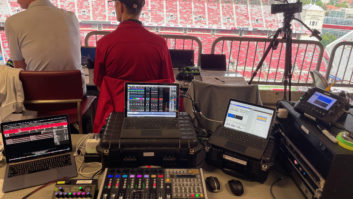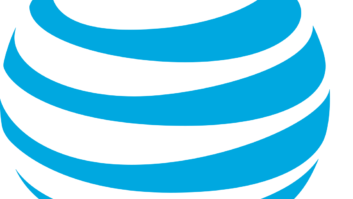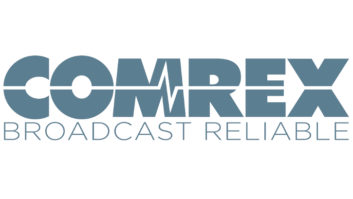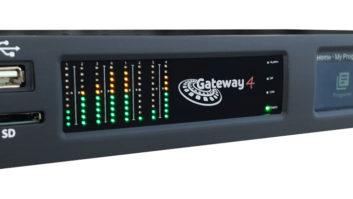What’s in an ISDN interface?
Apr 1, 2003 12:00 PM, By Rolf Taylor
ISDN codecs can specify several types of interface. Among these, S, T, U, V.35 and X.21 are more commonly seen, although there are others. This should help demystify the various types and help you understand what each kind means.
The U interface is the connection between the raw ISDN network and the NT1 (Network Termination, type 1). It is almost always a two-wire interface. This is not standardized by international standards. In most of the world (but not the United States and Canada) it is completely the domain of the telephone company, and because the telephone company provides the NT1 the lack of a standard does not matter to the user. Among the de facto U interfaces in Europe are the U pn, U po and U k0, which comes in two forms.
In the USA and Canada, the U interface is standardized by the American National Standard Institute (ANSI) and uses 2B1Q line coding. It is good for 18,000 feet on most existing unloaded copper outside facility. Telephone companies sometimes use other transport technologies, either to provide service over T-1 or fiber or to extend the range beyond 18,000 feet. However, they must always convert this back to the 2B1Q coding for delivery to the customer because that is the agreed standard in the United States.
2B1Q stands for two-bits per quat, which is short for quaternary. A quat is a signal that can take one of four states. 2B1Q uses four quats. Each level conveys two bits of information; 00, 01, 11 or 10 depending on the quat.
The telephone company typically terminates the U interface with a six-position/four-pin miniature modular RJ-11 jack, or an eight-position/eight-pin miniature modular RJ-45 jack. For either jack, only the center two pins are used.
The raw bit-rate on the 2B1Q U interface is 160kb/s. This path comprises two 64kb/s channels, referred to as B channels and a single 16kb/s channel, referred to as a D channel. In this case, B stands for bearer and D stands for data. The D channel carries the call setup and teardown and is a local version of the Common Channel Interoffice Signaling techniques, such as SS7 used by the telephone companies. The remaining 16kb/s of data are used for data framing and synchronization, and an embedded operations channel for to convey information on block errors to the far end.
There is a V interface, which is the two-wire interface at the telephone company’s central office. Because this is clearly the telephone company’s domain, you rarely encounter the term.
The S interface uses a modified form of alternate mark inversion (AMI) framing similar to a T-1. It is a four-wire interface. This is standardized Internationally. The raw bitrate is 192kb/s. In addition to the two B channels (at 64kb/s each) and the D channel (at 16kb/s), there are bits for framing, synchronization and an up to two embedded operations channels. In some parts of the world this is referred to as the S0 (S zero) interface.
The S interface is a bus architecture that supports as many as eight terminals and a single NT1. When multiple terminals are used, there are certain wiring and termination rules that must be followed. International standards outline the allowable configurations and termination requirements for the S interface. The standards call for an RJ-45 jack. The center four pins carry the signals. The remaining pins are sometimes used to provide power for the terminal or NT1. When power is provided, it is usually placed on pins seven and eight.
The T interface is a subset of the S interface. Unlike the S interface, only a single terminal can be used on the T interface.
X.21 and V.35 are standards for serial data ports, not unlike RS-232. RS-232 can be used for synchronous or asynchronous data, although it is typically used for asynchronous data. V.35 and X.21 are used solely for synchronous data. The usual application is to connect data terminal equipment (DTE), such as a computer terminal or codec, to data communications equipment (DCE), such as a CSU/DSU on a T-1 or dedicated digital line. In addition to the transmit and receive data pins and handshake pins, these interfaces include pins for clocking, as required by synchronous data applications.
V.35 is most common in the USA and Canada, while X.21 is commonly used in other parts of the world.
One reason X.21 and V.35 are preferred for high-speed synchronous applications is that they use balanced transmission pairs instead of the unbalanced signals used in RS-232. Just like audio, the use of balanced pairs reduces problems with noise and ground loops. The handshake signals are unbalanced on V.35 whereas they are balanced on X.21.
X.21 typically uses a 15-pin D-sub connector, while V.35 uses a large AMP Winchester connector. In many cases vendors use some other connector on their equipment; if so, an adapter cable may be required.
Finally, there is an undefined R interface. This is the interface between an ISDN terminal adapter and a piece of pre-ISDN equipment using any pre-ISDN standard such as RS-232 or plain old telephone service (POTS). If an X.21 or V.35 interface were present on an ISDN terminal adapter, they could be called the R interface, because they are standards that pre-date ISDN.
Taylor is applications engineer at Telos Systems, Cleveland.












